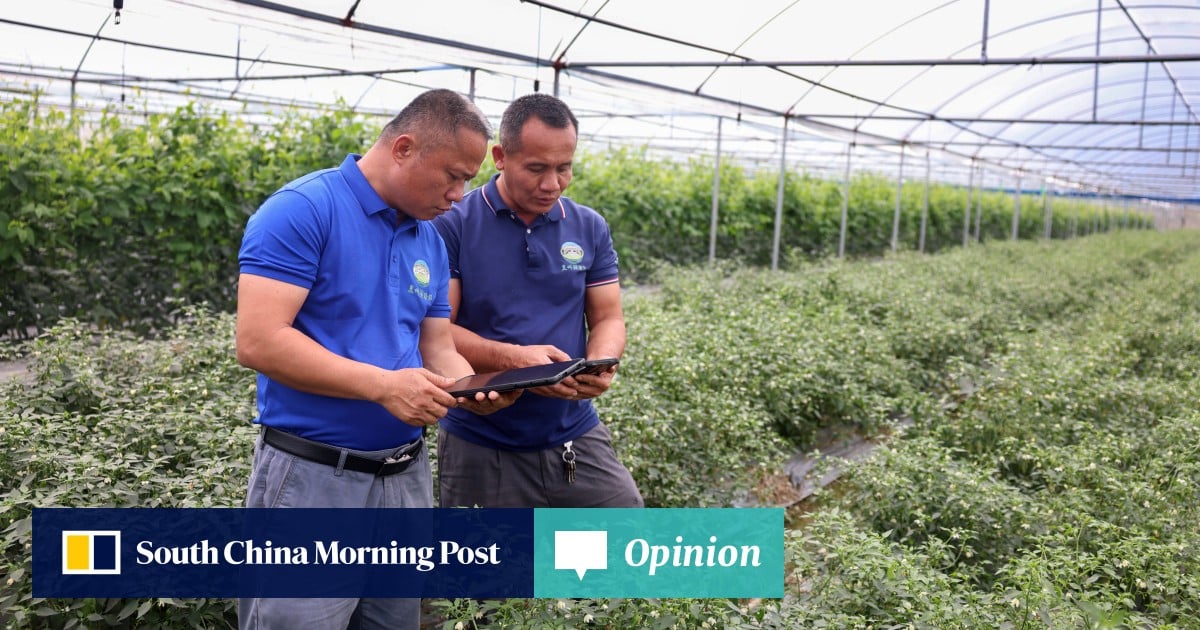Key Takeaways
- China introduced a 10-year agricultural master plan to enhance food security amid climate and geopolitical pressures.
- Food self-sufficiency has significantly declined, projected to reach 58.8% by 2030, increasing reliance on imports.
- Integration of AI in agriculture aims to improve efficiency and maximize crop yields, addressing labor shortages and waste reduction.
China’s Agricultural Master Plan
On April 7, China released an ambitious 10-year agricultural master plan, developed by the Communist Party’s Central Committee and the State Council. This comprehensive strategy focuses on enhancing crop cultivation, livestock production, fisheries, and agricultural infrastructure to bolster food production.
As the world’s largest agricultural producer and importer, China prioritizes food security while facing significant challenges. The nation has the daunting task of feeding one-fifth of the global population but possesses less than 10% of the world’s arable land and an even smaller share of freshwater resources.
Recent statistics reveal a troubling trend: China’s food self-sufficiency rate has plummeted from 93.6% in 2000 to 65.8% in 2020. Forecasts suggest this figure may decline further to 58.8% by 2030, signaling a growing dependency on imported food. The implications of this downward trend raise concerns about sustainability and national security.
In response, the Chinese government is adopting an “agriculture+AI” approach. This strategy aims to invigorate the agricultural technology sector and promote AI exports. The integration of AI into agricultural practices is crucial for overcoming existing inefficiencies. A recent study by the State Council highlighted that post-harvest food losses have averaged 14% in recent years, underscoring the need for improvement.
AI tools enabling precision farming—including predictive analytics, drones, and autonomous machinery—could play a vital role in maximizing crop yields. These technologies address challenges such as environmental variability and rural labor shortages, ensuring that farmers can remain productive and efficient.
Additionally, the deployment of AI-driven methods would facilitate the cultivation of essential crops, particularly soybeans, of which China imports around 80%. This shift would not only enhance domestic agricultural capacity but also potentially stabilize prices and supply chains.
China’s proactive stance in integrating technology within traditional farming practices illustrates the government’s recognition of the critical intersection between agriculture, technology, and food security. As the nation continues to adapt to both climate pressures and international trade challenges, this comprehensive plan lays the groundwork for a more resilient agricultural sector.
The content above is a summary. For more details, see the source article.















